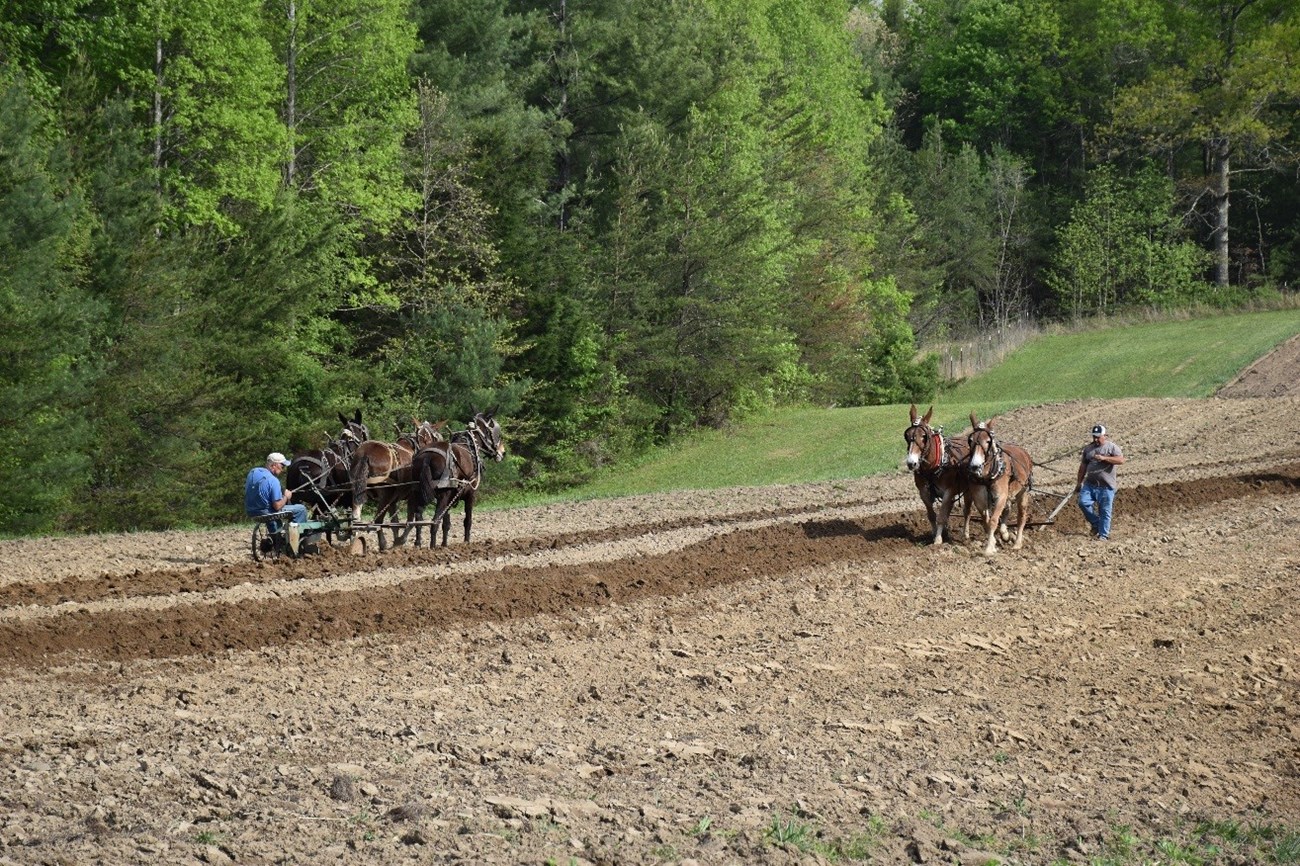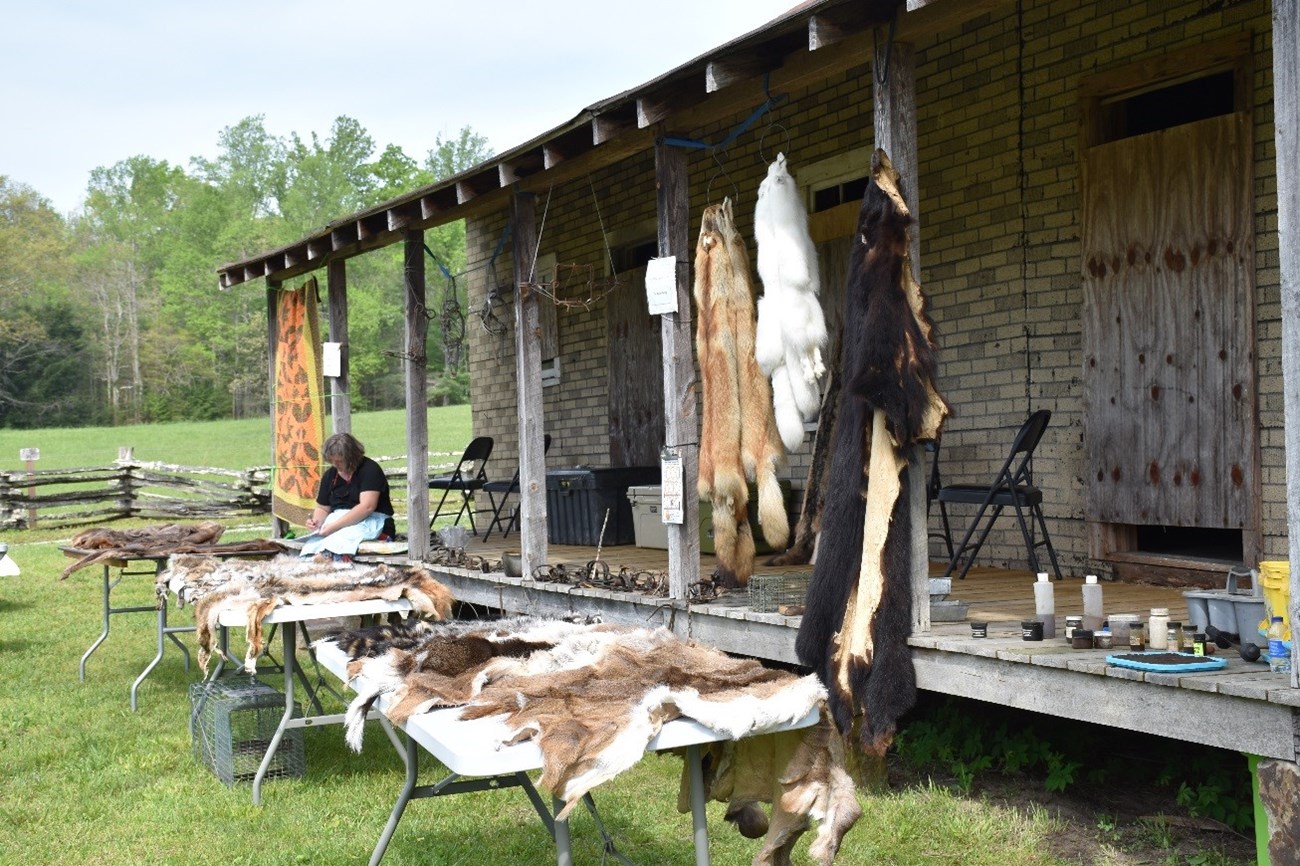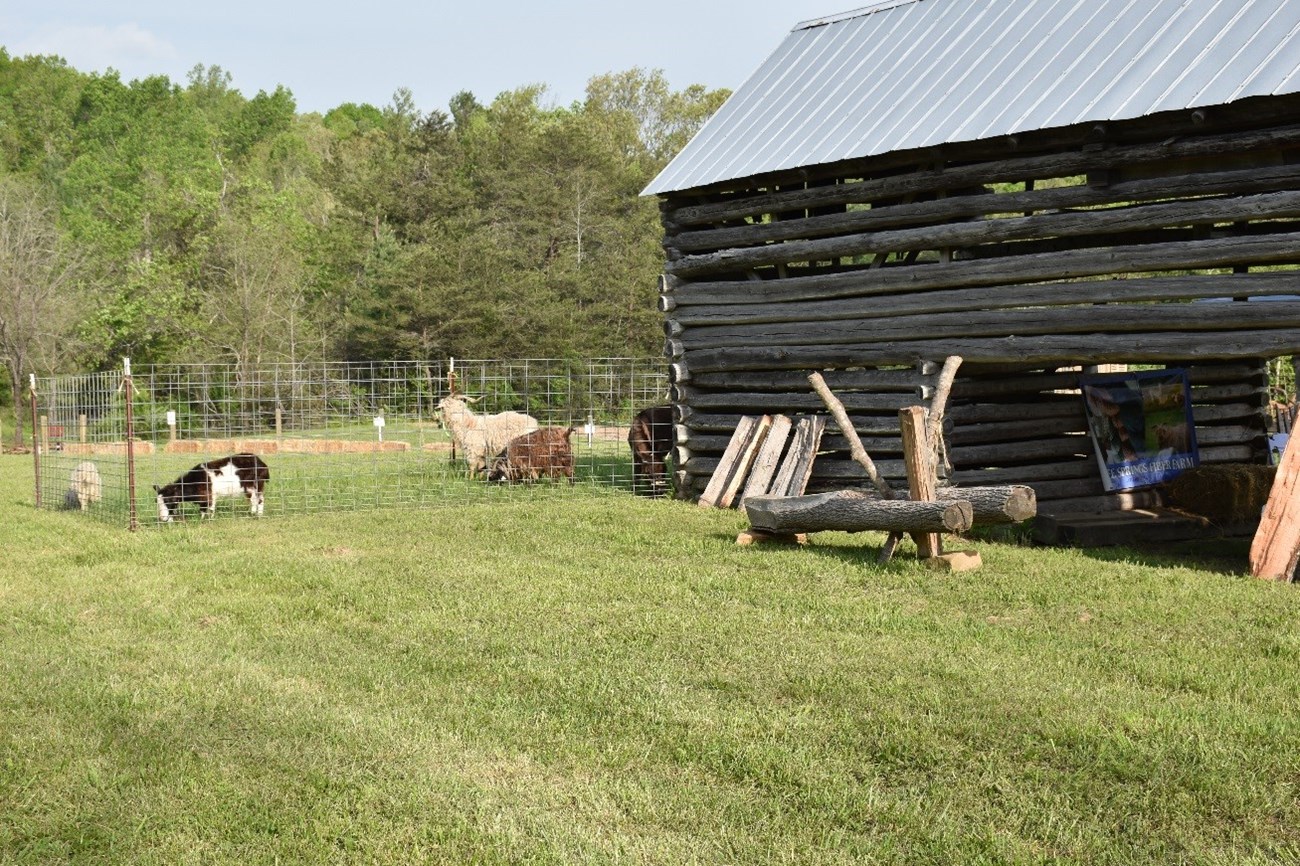Last updated: May 21, 2019
Article
Big South Fork Annual Spring Planting and Music Festival
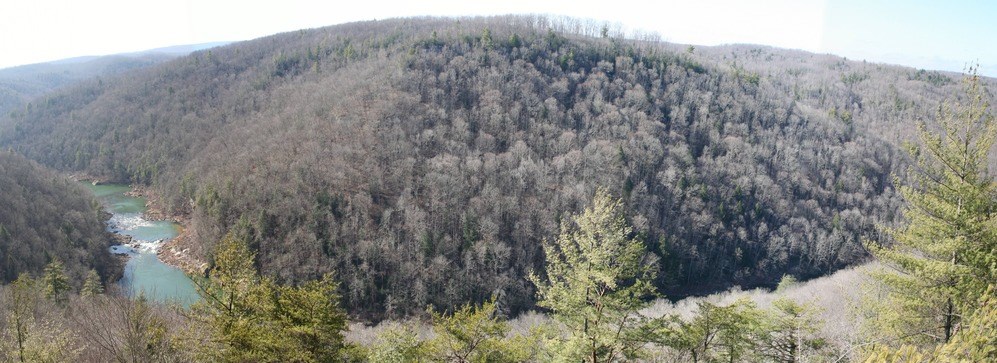
NPS Photo
Landscape and Lifeways
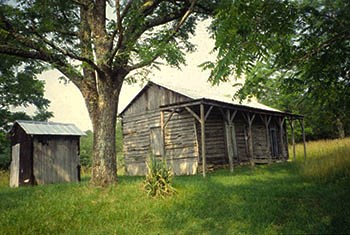
NPS Photo
The Lora Blevins farmstead is a typical Cumberland farmstead of the Big South Fork region. The fairly intact plateau farm includes remnant fields and fence lines; remnant orchards; hedgerows; and several structures, including a log barn, log corn crib, log house, privy, and animal pen, primarily constructed in the late 1920s.
Early settlers of the region were dependent upon the local environment and resources for their livelihoods. Residents practiced subsistence farming, involving the raising of livestock and the cultivation of several crops. Horses and mules were commonly used for field work, while pigs and cattle were raised for food. Chickens were kept for meat and eggs, geese were raised for feathers, sheep for wool, and bees for honey and candle wax. Crops included corn, wheat, rye, flax, and occasionally cotton.
Kitchen gardens yielded vegetables, beans, potatoes, and cabbage, which could be preserved beyond the growing season either by drying, pickling, or storing in a root cellar. Other local lifeways included hunting, hide tanning to make leather goods, collecting wild berries and roots, weaving, and constructing buildings and structures from locally sourced materials.
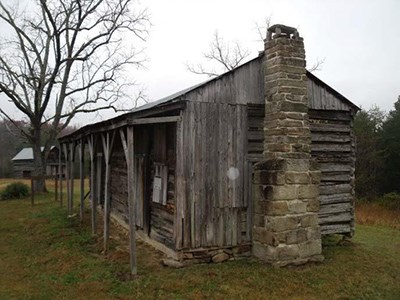
NPS Photo (in 2016 Big South Fork National River and Recreation Area Historic Resource Study)
Although the Lora Blevins farmstead was constructed towards the end of the subsistence period, the structures and layout resemble early traditions and practices. By the late nineteenth century, the soil began to decline in fertility. Traditional agricultural practices declined as larger industries moved in, and subsistence farming was supplanted by wage labor. Ultimately, changes in farming practices, mechanization, transportation, and technology, as well as resource depletion and soil erosion, contributed to a change in cultural practices and an outmigration from the region.
Living Traditions
The region’s unique cultural traditions have nonetheless been maintained, and the connection between the landscape and local lifeways survives in the resources at Big South Fork. The annual planting festival celebrates the practices that were necessary for everyday life and the families that relied on small-scale subsistence farming, deriving their needs from the land and local resources.
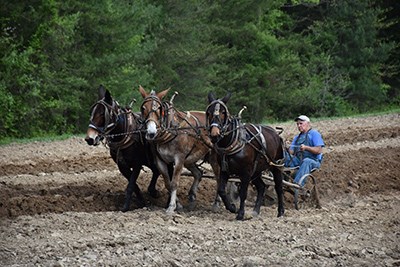
NPS Photo
Past cultural events and demonstrations have included teams of draft horse and mule-drawn plowing, gardening, quilting, wood working, blacksmithing, basket-weaving, hand-spinning, making lye soap, a farm petting zoo for children, and antique farm and tractor equipment displays. In addition to cultural events, the park is partnering with the Knoxville Track Club to host three trail runs along the Oscar Blevins Nature Trail, including a one-mile fun run for kids and four- and seven-mile runs for adults.
Sources and More
- National Park Service. 2018. Big South Fork National River and Recreation Area. https://www.nps.gov/biso/index.htm. Accessed on March 5, 2018.
- Hasty, David and Cari Goetcheus. 2010. Lora Blevins Farmstead Cultural Landscape Inventory, Big South Fork National River and Recreation Area, National Park Service.
- National Park Service. 2016. Big South Fork National River and Recreation Area Historic Resource Study. Prepared by: Wiss, Janney, Elstner Associates, Inc.

